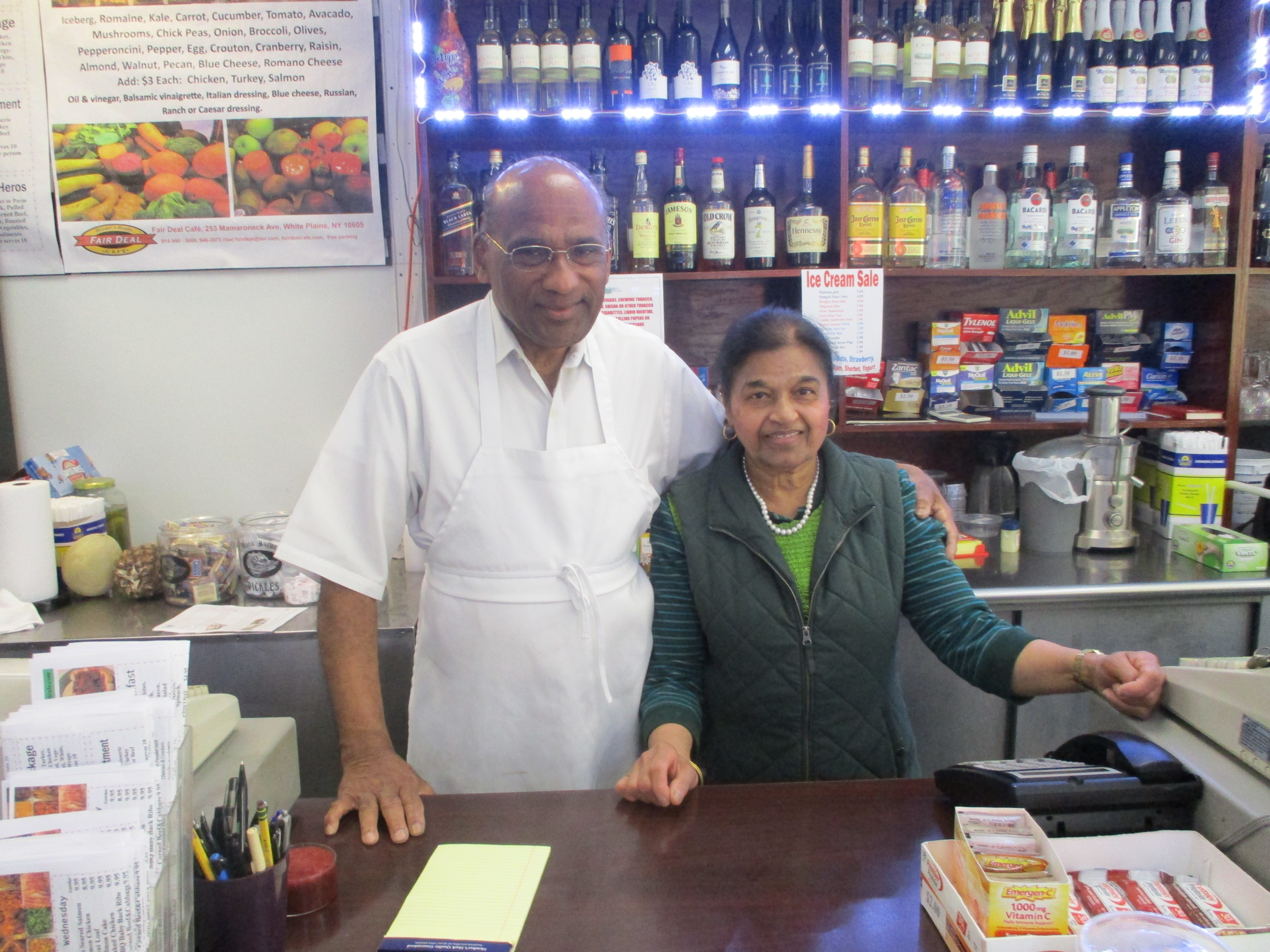An Abridged History of America’s Tumultuous Wine Industry

Much has been written of the American vitality and entrepreneurial spirit that vaulted us to world supremacy over the relatively short history of our democracy. We have accomplished much as a nation and have rarely suffered defeat in any endeavors – with, in my opinion, one notable early exception.
The growth of the wine industry in the United States has seen many fits and starts. I began to consider this as our nation has finally risen to an elite status in the ranks and esteem of the wine world. This is no minor achievement given the history of wine in the United States. Today’s success overshadows the early failures of establishing a thriving national wine culture.
While the successful wine legacies of France, Italy, Germany and Spain date to the era of the dominance of the Roman Empire, the adventures of the United States wine industry are far more recent and have followed a path of mercurial highs and lows, coping with the fluctuating favor and derision of the American public.
Here is my brief perspective on the history of commercial winemaking in the United States.
The earliest documented instance of grape-growing and wine production took place in Florida (French Huguenots) in the late 1500s. In the late 16th century and into the 17th century, small pockets of wine production sprang up along the Eastern seaboard. All were dismal failures.
America’s leading proponent of fine wine in the fledgling years of the democracy was Thomas Jefferson. After traveling to France’s Bordeaux and Burgundy regions (which were producing world class wines in a thriving industry) and acquiring a taste (and a portfolio) for the wines he encountered, he attempted to grow French grapevines at Monticello. Many years of experimentation ended in failure. Jefferson resorted to enjoying his wine cellar of fine French wines; fellow Americans were content with beer and whisky.
Fast forward to the great surge of immigrants from southern Europe and settlers from northern Europe commencing in the early 1800s. The Italian and German transplants planted European rootstock and hybridized American clones as they traversed the land. They enjoyed success by adapting to the American climate and avoiding its indigenous diseases.
By the mid 1800s, the first successful commercial winery was founded in Indiana; several decades later the most successful state for producing wines was in another unlikely locale. As Italian immigrants were settling on the Eastern seaboard and slowly heading west, a number of their German counterparts were planting grapevines along the banks of the Missouri River. The hybridized grape they developed, Norton, became an instant success in Missouri. By 1880, Norton production reached two million gallons, the highest in the United States; the local Stone Hill winery was the third largest winery, in volume, in the world.
As the American Far West opened up in the mid-1800s as a land of opportunity, a mad rush took place. Aided by the first transcontinental railroad and the discovery of gold in California, European immigrants created a successful commercial wine industry. They achieved great popularity by replicating the “table wines” of their native countries. Their fellow Americans developed a palate for these pleasant, inexpensive wines.
At the same time, Protestant settlers from Northern Europe disdained the rising preference of Americans for alcohol-based beverages. Their Puritanical beliefs became a mantra for change. They initiated the Temperance Movement, which became a political hot potato, culminating in the enactment of national Prohibition in 1920.
This dark period in American history effectively ended the wine industry in the United States.
When Prohibition was repealed a long 13 years later, the industry struggled to recover. American preferences had changed; sweet, fortified (elevated alcohol) wines became the norm, a sharp digression from earlier preferences. It took nearly a half-century to return to the robust years of quality wine.
However, the inventiveness and entrepreneurialism of American winemakers prevailed. Today the industry enjoys the esteem and respect of the world market.
Nick Antonaccio is a 40-year Pleasantville resident. For over 20 years he has conducted wine tastings and lectures. He also offers personalized wine tastings and wine travel services. Nick’s credo: continuous experimenting results in instinctive behavior. You can reach him at nantonaccio@theexaminernews.com or on Twitter @sharingwine.


